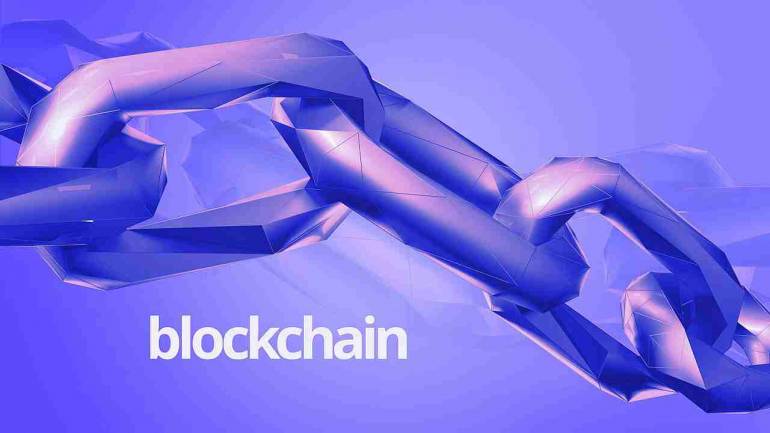Players in the remittances industry today have begun to focus on new-age technology as a backbone to address and overcome various challenges including high costs, higher turnaround time, and security issues especially associated with existing legacy systems.
Faisal Husain
Moneycontrol ContributorRemittances – The scenario today
India today is considered an emerging economy — the world's sixth largest economy by nominal GDP and the third-largest by purchasing power parity — and a sizable share comes from the remittances its diaspora sends back home.
According to a World Bank report, globally, remittances in the year 2017 have touched $613 billion - a noteworthy 7 percent rise from the $573 billion in 2016.
Another World Bank report further states that Indians settled or working abroad sent home a massive $69 billion in the year 2017, thus retaining its top position among nations recipient of remittances.
Continuing to address this multi-billion dollar challenge, today, the remittance industry globally has begun to evolve and is indeed showing signs of maturity.
Leading players like MoneyGram and Western Union among others that once fought hard just to win customers on the basis of price are going back to the drawing board to strategize what value-added services they could offer and thus cater to the technology-savvy customer, apart from staying ahead in business.
Typically, these offerings could compete directly or indirectly with larger banks and could cover value-added services including multi- currency accounts, travel cards, money, trade finance, payment cards, and even current accounts.
Putting it simply, businesses in the remittances space truly are focusing on certain specific pain points customers face such as higher service costs and even higher turnaround times for money transfers.
Furthermore, challenges like customer onboarding and ensuring a “one-stop shop” platform are where most players are focused.
Zeroing down to the subcontinent, the Indian remittance industry today, unfortunately, lacks severely in transparency, reliability, accessibility and affordability. Other major factors impacting the industry include high transaction costs and an equally higher turn-around time.
Owing to a reliance on an age-old system of inter-banking payments — where the message is first sent between two banks that the money is to be transferred from bank 1 to bank 2 — the remittance process becomes tremendously cumbersome and time-consuming.
However, with the evolution in technology and the entry of next-generation end-user in the equation, the scenario seems to be changing for the better.
In order to ensure that this paradigm shift is successful and eventually benefits all the stakeholders involved, players in the remittances industry today have begun to focus on new-age technology as a backbone to address and overcome various challenges. These include high costs, higher turnaround time, and most importantly security issues especially associated with existing legacy systems.
Blockchain to the RescueSince the time Blockchain has come into existence, it holds the potential of completely transforming the banking sector and its affiliates.
A blockchain essentially comprises of numerous highly-secure blocksrepresenting various transactional records, linked together with a chain using a hash function.
The expectations from a full-fledged application made of the blockchain are quite high, as it can reduce the transaction cost significantly, provide safe data storage, faster transactions, faster integration of Know Your Customer (KYC) and Anti-Money Laundering (AML) regulations among others.
With the Indian remittance industry open to experimenting with emerging technologies, FinTech players now have an opportunity to innovate and create new-age solutions and implement them to existing legacy models.
A classic example would be that of FinTech players like Ripple, who utilize the enormous potential of Blockchain to significantly simplify the process of cross-border money transfer while reducing the costs and turn-around time dramatically.
These next-generation networks work on a consensus protocol which helps validate account balances and transactions on the system. In fact, at least two leading financial institutions in India already have tested Ripple’s network for money transfer operations from the Middle East to India.
Blockchain, owing to features like transparency, accountability, traceability, faster transaction settlements, decentralization and user-controlled networks, facilitates reduced transaction costs and a highly-secure network that enables a meaningful and clear feedback process.
This makes it one of the most sought-after technologies not only for banking but also for the development of robust and secure applicationsand network systems for remittance management.
Using blockchain, the process of global money transfers also can be simplified due to the removal of multiple intermediaries to initiate speedytransfers.
FinTech companies along with financial institutions can leverage blockchain-based remittance systems to carry direct transactions between parties leading to instant cross-border transfers at a much lower cost.
As a matter of fact, as we read, there are numerous financial institutions around the globe, including large banks are indeed weighing the options of utilizing blockchain to simplify their banking and non-banking processes and thus gain a first-mover advantage.
Various money transfer companies too are looking at the offerings and solutions from players like Ripple and Stellar Lumens to initiate blockchain-based cross-border money transfer processes that are simpler, efficient, economical and more convenient for their customers, thus ushering in a paradigm shift in the sector.
The way aheadThe potential of blockchain today needs to be taken into consideration for building the future of the banking sector and other financial services, especially with the Indian remittances scenario on high demand.
It is forecast that the amount of remittance coming into India is expected tokeep rising exponentially in the near future, primarily due to positive sentiments arising from the numerous business and job opportunities globally.
Numerous other factors too would ensure a positive impact, thus possibly increasing the number of remittances transferred to India each year. Overall, if implemented in the right manner, the tremendous potential of blockchain would definitely enhance the remittance process and ensure a wonderful customer experience.
After all, that’s what a large number of folks want. Isn’t it?
(The author is co-founder and CEO, Synechron, an IT firm focused on the financial services industry)














